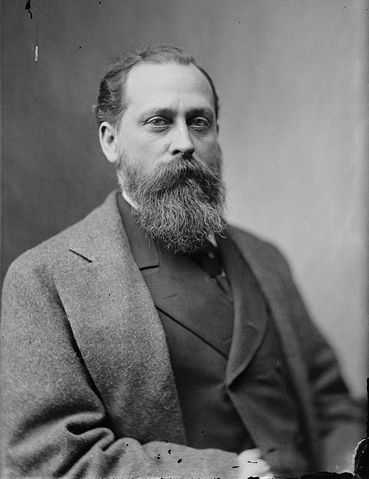Coup D’USA

On December 6, 1865, Georgia ratified the 13th Amendment to the U.S. Constitution, and in doing so, completed the ratification process. From that point forth, slavery has been illegal in the United States. The next two amendments to the Constitution, adopted in 1868 and 1870 respectively, made these freed slaves into citizens and protected their right to vote. But for decades after, whites, particularly in the American South, took action — sometimes violent action — to prevent African-Americans from becoming part of the “of the people, by the people” government of the land.
And in one case, they even overthrew a local government.
Wilmington, North Carolina is the seventh or eighth most populous in the state, with just over 100,000 residents. Population-wise it is a far cry from Charlotte, the state’s largest city (with about 750,000 people) or the state capital, Raleigh (just over 400,000). But at one point, Wilmington was the state’s largest city — with about 10,000 residents per the last pre-Civil War census in 1860. When the war ended, Wilmington was a large, diverse city, and African-Americans were among community leaders.
While the Republican party temporarily gained control of the North Carolina legislature following the war, that was short-lived. In 1871, Democrats retook the statehouse and used their legislative powers to suppress voting by African-Americans. But by the 1890s, a resurgent Republican party gained control again, and made it easier for recently freed slaves to vote. In 1898, this fact would be critical in Wilmington’s local elections.
Despite pressure from a white supremacist paramilitary group called the “Red Shirts,” the majority-black city elected what the Raleigh, N.C. News-Observer called (pdf) “an interracial ‘Fusion’ coalition” into office;” the mayor and two-thirds of the aldermen were white, but the remaining third were black. The reaction from the Red Shirts and other white supremacist groups was swift and violent. Wilmington was home of the only African-American-owned newspaper in the state, the Daily Record, and a group led by failed Democratic gubernatorial candidate (and Red Shirt) Alfred Moore Waddell, pictured above, demanded that the paper’s publisher be kicked out of the city. Not receiving a response, Waddell’s group of 1,000 to 1,500 men stormed the paper’s office, destroying it, just a few days after Election Day. Waddell soon lost control and the mob proceeded to attack blacks throughout the city. By the time the violence had subsided, as many as 90 people had died, all black, according to NPR.
The riots were one of the worst of the Southern race riots of that era, and had they ended there, would have been a notable historical event regardless. But the mob — this time, with Waddell again leading — was not done. According to a report by the North Carolina Department of Cultural Resources (pdf here), Waddell and a band of others carried out the true intent of their plan: overthrowing the newly-elected city government, as they “worked to facilitate a coup d’etat to overthrow the Republican mayor, Board of Aldermen, and chief of police.” By 4 P.M. that day, the government had capitulated and the Democrats took power. Waddell took over as mayor, a position he’d hold — via further threats of violence — through 1905.
As of this writing (December 2012), this is generally considered to be the only coup d’etat in U.S. history.
Bonus fact: Wilmington is also home to something else with a taste for blood — the Venus Flytrap, one of the few carnivorous plants. It is only found, natively, in a sixty-mile (about 100 km) radius centered roughly on the city.
From the Archives: Washington’s Ides of March: When then-General George Washington was almost on the wrong side of an attempted coup.

Leave a comment